
Old traditions die hard, with the exception of traditional Dutch fashion:
A little while ago we wrote an article about the typical traditions of the Dutch. Here we already briefly discovered where the wooden shoes originate from, but imagine what the Netherlands would look like if people still wore traditional clothes. Would Amsterdam be filled with teenagers and young adults comparing their latest Adidas-logo’d clogs? Would the pubs be full of men wearing hats, would Instagram be full of girls in petticoats?
Although many of the monuments and buildings in the Netherlands still look like a page torn straight from a history book, fashion never stopped evolving. In this day and age it may seem a little ridiculous to spot someone waltzing around town in wooden shoes, but just a couple hundred years ago clogs, bonnets, and petticoats were the norm.
Clogs: More Useful Than You Think:
Aside from cheese and tulips, one of the first things to pop into your mind when you think of the Netherlands might just be clogs, or klompen. These wooden shoes can be recognized by their pointy ends and painted markings, but don’t underestimate them: their history might surprise you.
Wooden shoes have made the rounds in different locations: albarcas in Spain and the geta in Japan. And while we’re used to seeing rows and rows of colorful Dutch klompen in tourist shops, their origin story goes way back to the Ancient Romans who wore wooden shoes with leather straps. It’s said that the Dutch clogs were modeled after them.
Designed for hard work, efficiency, and (believe it or not!) comfort, these shoes were a staple to the Dutch working class. Dropped a nail or a hook while doing handiwork? Need to waddle your way through a muddy field? No worries, the clogs will protect you.
In fact, they did such a great job at the protection that the European Union even declared them official safety shoes.
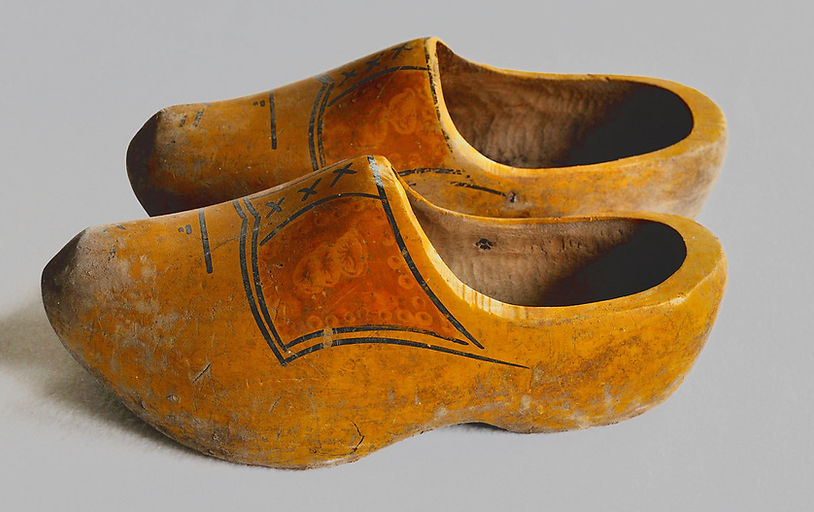
But they weren’t just made for safety, either. Clogs were comfortable because they were fitted to the feet so people would also wear them around the house. If there was a wedding or an event happening at church, clogs were upgraded to include beautiful drawings.
These shoes were cherished so much that men would even propose to their girlfriends with clogs (yes, seriously). After a trusted pair of clogs had long surpassed their lifespan and were old and rotten, they would be used as kindle to fuel a fire, coming full circle.
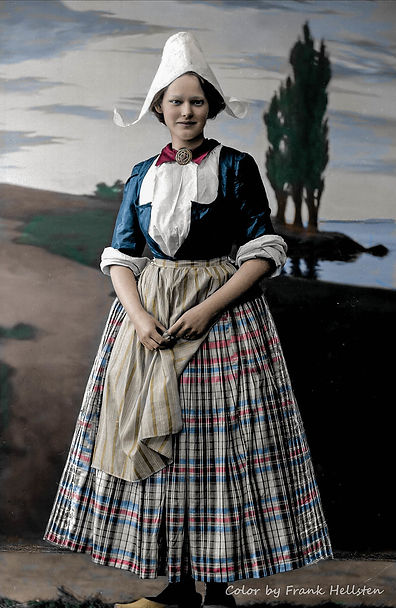
Typicall Fshion Practices:
Back in the old days, typical Dutch fashion varied a lot per region. The famous pointed white bonnets that were worn by women could be found in Volendam, while Urk was more known for their flowing veil-like hats.
The Dutch were also very pragmatic about their clothes. Outfits were often worn in layers, and so each person would dress themselves differently depending on what they were doing that day. If someone had to cook a meal before hanging out with friends, they would layer their clothes so that rather than needing a whole outfit change, they would freshen up by removing and adding more layers.
Changeable layers were things like aprons that could get dirty or special bonnets for outings, and the most beautiful clothes were always worn at church on Sundays. There were also special outfits for mourning periods, which could last from weeks to months.
Usually, wealthy and non-wealthy people would wear the same types of garments, the only discernible differences could be found in the accessories and jewelry they wore or in the quality of the garments themselves. People also had differences in clothing depending on whether they were Roman Catholic or Protestant.
Made To Last:
Just like with the clogs, the Dutch made all of their clothes to be durable. An outfit would last them years, throughout all seasons and weather changes. When the clothes weren’t in pristine condition anymore the fabric would often be reused for lining the inside of new garments.
It was usually young girls and women that would take up the needlework, and it was seen as a prized skill. Unless the family could afford to hire a seamstress, in many cases it would be the women in the family who were in charge of making clothes for everyone.
Unlike today, where it’s totally fashionable, being spotted with a hole in your garments a couple of hundred years back, was just not done. It didn’t matter if the people wearing them came from money or not, mending clothes was a common practice throughout all of the Netherlands.
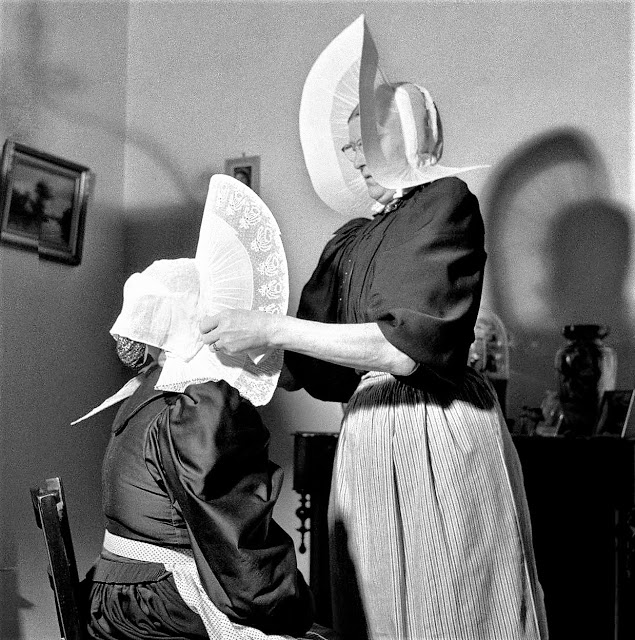
In This Day And Age:
If you’re curious about traditional Dutch clothing and would like to see what it was like back in the day, there are actually some towns and villages where traditional clothing is still customary.
Take a trip to Urk, Spakenburg, Staphort, or Volendam and you might just run into someone wearing an outfit from the olden days – although unfortunately, these numbers are dwindling by the day. In the vast majority of cases, it’s the elderly that are most passionate about upholding the tradition, but you might be able to spot some youngsters too.
It’s true that the fashion that’s worn today versus a couple of hundred years ago couldn’t be more different. Today’s fashion is faster and more catered to individual styles, whereas traditional Dutch fashion catered more towards endurance as clothing items were of high quality and were made to last a long time. They were often versatile in the sense that they could be worn in numerous ways.
Although bonnets and petticoats have become something of the past, maybe there’s still something that we can learn from the old Dutch. just don’t propose to your girlfriend with a clog (unless you want to make her laugh).
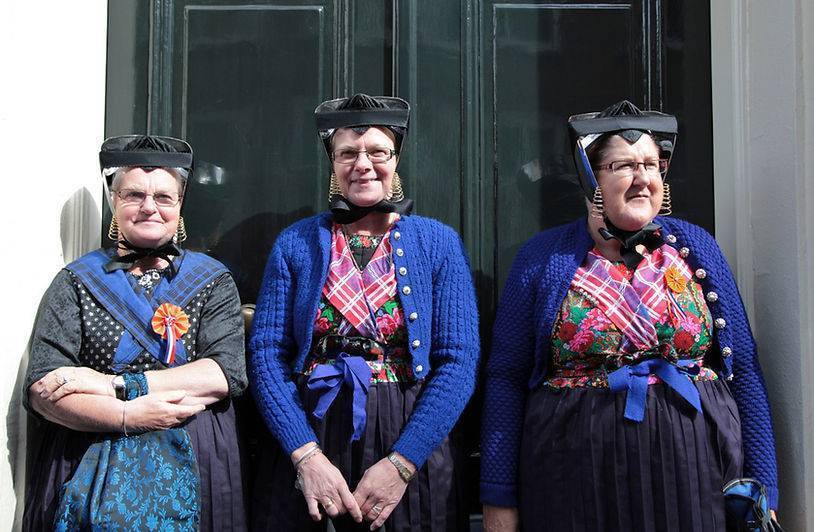










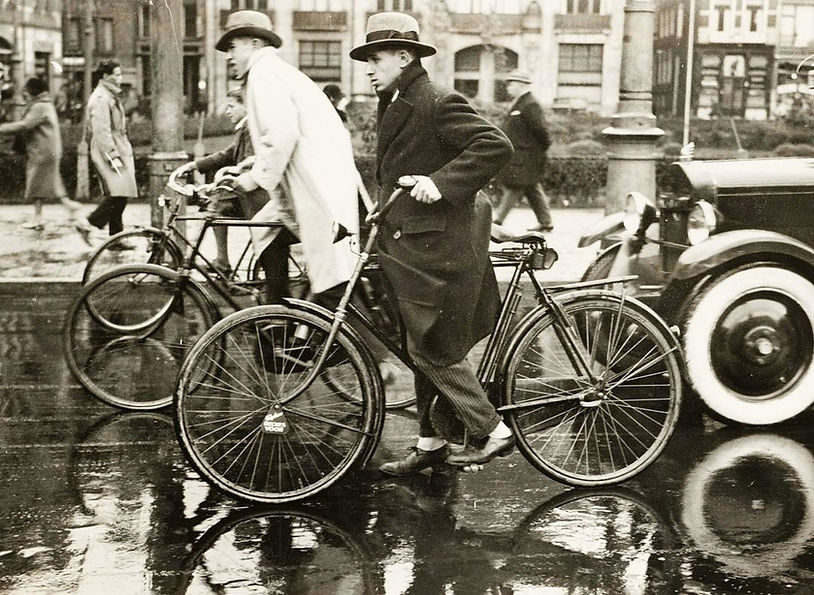

Comments
I?¦ve been exploring for a bit for any high-quality articles or weblog posts on this sort of area . Exploring in Yahoo I finally stumbled upon this site. Reading this information So i?¦m satisfied to exhibit that I’ve a very good uncanny feeling I found out just what I needed. I most for sure will make sure to don?¦t omit this website and provides it a look on a relentless basis.
Hello There. I found your blog using msn. This is a really well written article. I’ll be sure to bookmark it and come back to read more of your useful information. Thanks for the post. I’ll definitely comeback.